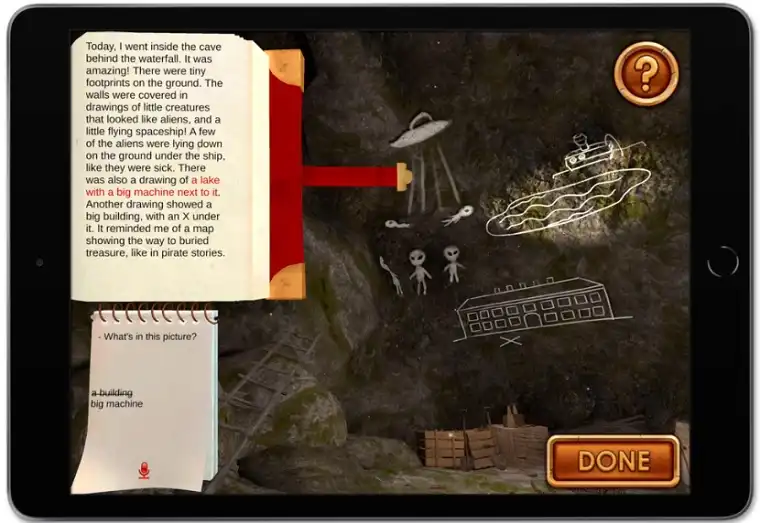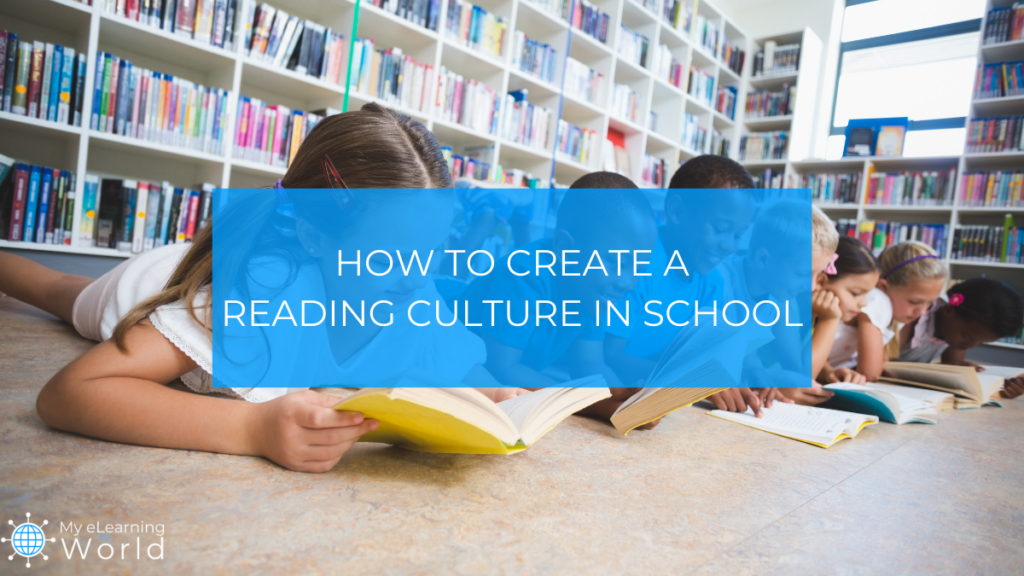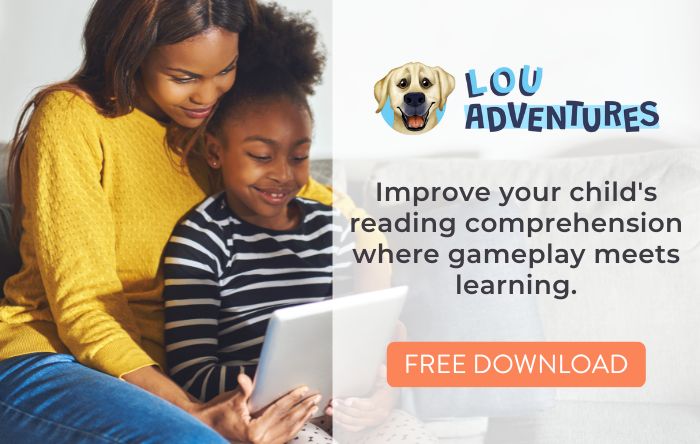As teachers, we understand the struggles you face daily while trying to instill a deep appreciation for books and learning among your students. The battle against distractions, short attention spans, and the ever-growing digital world can seem overwhelming. Consider this — studies show a significant decline in young people’s reading with less than half of children aged 8-18 years (43%) reporting that they like to read in their spare time, a decrease from 58% in 2016.
Fortunately, there are several practical strategies you can utilize to transform your classroom into a vibrant hub of literary exploration. By creating a nurturing environment where reading thrives, we can unlock boundless opportunities for our students, setting them on the path to academic excellence. A robust reading culture not only cultivates imagination, creativity, and critical thinking but also lays the groundwork for enhanced vocabulary, communication, and comprehension abilities.
In this article, I want to dive into the importance of creating a reading culture in schools and explore strategies educators can implement to develop a love for reading among students.
5 Ways to Create a Reading Culture in Your School
1. Create Engaging Reading Spaces
One strategy I’ve seen help increase the odds of kids reading in school is to create visually appealing reading spaces that attract students and make reading a captivating experience.
The environment should be inviting and designed with the interests of children in mind. Consider attractive and age-appropriate decorations, such as posters featuring popular book characters or literary quotes, to spark curiosity and capture attention.
Include interactive displays that encourage student engagement. Incorporate interactive bulletin boards where students can contribute book recommendations, share their favorite quotes, or participate in book-related quizzes. Display book covers or excerpts in creative ways, such as on a rotating bookshelf or using display stands, to pique students’ curiosity.
Organize the reading material in separate, labeled sections to ensure access and navigation.
Create distinct sections for various genres, such as fiction, non-fiction, mystery, adventure, and fantasy, allowing students to find books that align with their interests.
Clearly label each section and use attractive signage to guide students to the desired genre or topic.
You can even consider incorporating cozy reading corners within each section, with cushions or bean bags, where students can immerse themselves in their chosen books.
These engaging environments encourage students to explore different genres, discover new authors, and develop a lifelong love for reading.
2. Promote Reading as a Social Activity
Encouraging students to view reading as a social activity can enhance their engagement and enthusiasm for books.
One effective strategy I like to use is to organize book clubs or reading circles where students can discuss and share their thoughts on a particular book.
Assigning a book for all participants to read and scheduling regular meetings to discuss it creates a sense of community and shared experience. Students can exchange ideas, analyze characters and plotlines, and even engage in friendly debates about different aspects of the story.
Educators can organize book-related events and literacy activities to enhance the social aspect of reading.
One exciting idea is to ask students to select a book, read it as a group, and then work together to adapt it into a play or skit. This process strengthens their comprehension skills but also fosters creativity and teamwork.
Another way to encourage social interaction around reading is to create reading partnerships or buddy systems. Pairing students up as reading buddies allows them to take turns reading aloud to each other, discussing the story, and sharing their interpretations. This approach promotes peer learning, as students can learn from one another’s perspectives and gain insights they may have missed.
Additionally, educators can organize author visits or virtual author interactions, where students can engage with authors and ask questions about their books. I’ve found that kids always love these as they provide a unique and exciting opportunity for them to connect with the creators of the stories they love, fostering a deeper appreciation for literature and the writing process.
These interactive experiences make reading enjoyable and enhance students’ critical thinking, communication, and collaboration skills, fostering a lifelong love for literature and learning.
3. Incorporate Reading into the Curriculum
Integrating reading into the curriculum is a powerful way to cultivate a reading culture and emphasize the importance of literacy skills across various subject areas.
By infusing reading activities and assignments into different lessons, you can provide meaningful opportunities for students to engage with texts and develop a love for reading.
One approach to incorporating reading into the curriculum is selecting relevant and captivating texts that align with the topics being taught.
For example, in a science lesson about the solar system, teachers can assign age-appropriate books or articles that explore space exploration or the planets.
By connecting reading materials to the content being studied, students can deepen their understanding and develop a broader perspective on the subject.
To further support reading integration, educators can utilize technology tools and reading apps as supplementary resources.
One of my favorite reading programs for kids, Lou Adventures employs advanced speech recognition technology, functioning as a virtual reading tutor. The app prompts students to read the text and asks them questions to assess their understanding. If a student provides an incorrect answer, Lou encourages them to refer back to the text for the correct answer, providing a supportive and interactive learning experience.
 Lou Adventures: An Interactive Learning Story for Kids
Lou Adventures: An Interactive Learning Story for Kids
Lou Adventures is an interactive learning story for kids that helps them improve their reading skills through a fun, adventurous game.
By selecting engaging texts, designing meaningful projects, and utilizing resources like Lou Adventures, students can explore the joy and benefits of reading beyond mandatory studies. Who knows, by incorporating reading as a compulsory element of the syllabus, students who initially only engage in what is asked of them may discover a newfound love for reading.
You can check out our Lou Adventures review for a complete overview of the popular app or click here to try it for free.
4. Connect Reading to Real-World Experiences
Educators can employ various strategies to connect reading to real-world experiences and make it more meaningful for young students. One effective approach is to tap into the socially aware nature of today’s kids and their deep interest in what’s happening around them.
By bridging the connection between reading and real-world experiences, educators can engage students and foster a love for reading that extends beyond the classroom.
For example, teachers can invite community members, such as police officers, firefighters, or healthcare professionals, to read stories related to their professions and share their experiences. It allows students to connect the stories they read and the real-life roles and responsibilities of these community helpers.
Discussions and question-and-answer sessions further deepen the connection and understanding.
Another approach is to select books that focus on environmental conservation, wildlife, or nature. Teachers can take students on outdoor field trips to local parks, gardens, or nature reserves, where they can observe plants, animals, and natural ecosystems mentioned in the books. This hands-on experience allows students to connect their observations to the stories they have read and develop a stronger appreciation for the natural world.
Cultural celebrations provide an excellent opportunity to connect reading to real-world experiences. By introducing books that highlight different cultures, traditions, and festivals, teachers can spark curiosity and foster understanding among students.
Reading shouldn’t be restricted to books only, incorporating news articles or age-appropriate magazines into the reading curriculum is another effective strategy.
By selecting articles that cover topics of interest to young students, such as animal conservation, space exploration, or remarkable achievements by their peers, teachers can engage students in discussions about current events.
5. Celebrate Reading Achievements and Milestones
Recognizing and celebrating reading achievements and milestones is a powerful way to motivate and inspire young readers. By acknowledging their progress and successes, educators can instill a sense of accomplishment and pride in students, fostering a positive reading culture.
One approach is to create a “Reading Wall of Fame” or a bulletin board where students’ reading achievements are showcased. Teachers can display students’ names, their favorite books, or short book reviews. It celebrates individual achievements and encourages peer-to-peer recommendations, fostering a sense of community around reading.
Additionally, organizing special events or activities to honor reading achievements can be highly engaging for students. For example, holding a book-themed dress-up day or a literary character parade allows students to celebrate their favorite books and characters. Teachers can also organize reading-themed competitions, such as spelling bees, book trivia contests, or book report presentations, where students can showcase their reading knowledge and skills.
To further enhance the reading experience and support students’ progress, educators can consider integrating digital resources like Lou Adventures. Lou Adventures offers an interactive learning story for kids that helps improve their reading skills through a fun and adventurous game. The app features engaging storylines and literacy-focused games that complement classroom learning.
By incorporating Lou Adventures as part of the celebration, educators can tap into the benefits of technology while promoting a love for reading.
Final Thoughts
Simply put, creating a reading culture in schools is essential for nurturing a love for reading among students.
By implementing the strategies above, you can help to promote a lifelong appreciation for reading and books, while also helping students improve their knowledge and their ability to think critically.
Together, we can build a brighter future through the joy of reading.
What other tactics have you tried for promoting a reading culture in your school? Share your experiences by leaving a comment below.


